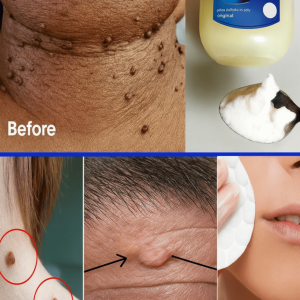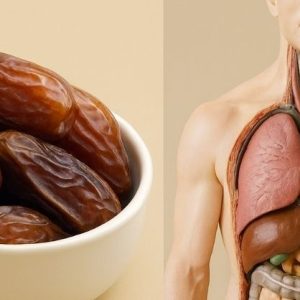
Good circulation is as essential to your health as eating well, exercising, and getting enough sleep. Your circulatory system delivers oxygen and nutrients to every muscle and organ. But when blood flow is compromised—due to plaque buildup, blockages, or vein problems—it can lead to serious conditions such as heart disease, stroke, or even limb damage in severe cases.
Fortunately, there are practical steps you can take every day to boost circulation and keep your cardiovascular system strong. Below are 12 science-backed strategies to improve blood flow, particularly in your legs.
1. Get Moving with Walking or Exercise

Even short daily walks (10–15 minutes) make a big difference. When you walk, your calf muscles contract like pumps, pushing blood back toward your heart. Exercise also increases nitric oxide production in blood vessels, helping them widen and deliver oxygen more efficiently. If walking isn’t your favorite activity, cycling, jogging, or using an elliptical a few times a week can be just as effective.
2. Elevate Your Legs
Raising your legs above heart level reduces swelling and helps blood flow back to the heart more easily. Try propping your legs on a wall or using a leg elevation pillow for 15–20 minutes while resting. This simple practice relieves pressure on your veins and supports vein health.
3. Warm Foot Soaks
Immersing your feet in warm water dilates blood vessels, improving circulation and reducing swelling. Adding Epsom salt or essential oils can enhance relaxation and support better sleep.
4. Foot Massage and Reflexology

Massage stimulates circulation, eases muscle tension, and reduces swelling in the feet and calves. Reflexology—applying pressure to specific points on the feet—may also promote blood flow and support overall well-being.
5. Leg Exercises and Stretching
Simple movements while sitting, such as ankle circles or flexing your toes, keep blood flowing and prevent pooling in the legs. Stretching your hamstrings or performing ankle pumps is especially helpful during long flights or desk work.
6. Wear Compression Socks
Compression socks apply gentle pressure to the legs, encouraging blood to move upward and reducing the risk of varicose veins or swelling. They’re particularly useful for long periods of standing, sitting, or traveling.
7. Avoid Sitting Cross-Legged Too Long
Crossing your legs for extended periods can restrict blood flow. Instead, sit with both feet flat on the floor and shift positions every 20–30 minutes to promote circulation.
8. Stay Hydrated

Blood is largely water, and dehydration makes it thicker and harder to circulate. Aim to drink enough water throughout the day—urine that’s pale yellow is a good sign of hydration. Herbal teas, such as green or hibiscus tea, also support vascular health thanks to their antioxidants.
9. Eat Nitric Oxide–Boosting Foods
Foods like beets, leafy greens, garlic, and even dark chocolate can increase nitric oxide levels, which relaxes blood vessels and improves blood flow. Many athletes use beetroot juice before workouts to enhance performance for this reason.
10. Monitor Salt and Potassium Balance
Excess sodium causes fluid retention and raises blood pressure, while potassium helps balance it out. Reducing processed foods and eating potassium-rich produce like bananas, spinach, and sweet potatoes supports healthy circulation.
11. Choose Proper Footwear
Shoes that are too tight restrict blood flow, while well-fitted footwear with a wide toe box allows natural movement and reduces swelling. Supportive insoles can also improve circulation during long hours of standing or walking.
12. Maintain Overall Cardiovascular Health

Beyond daily habits, long-term circulation depends on heart health. Keep blood pressure and blood sugar within normal ranges, avoid smoking, and limit alcohol intake. These lifestyle choices protect your arteries and keep blood moving efficiently throughout your body.
Final Thoughts
Healthy blood circulation doesn’t require complicated treatments—it starts with small, consistent changes in your daily life. By moving regularly, eating nutrient-rich foods, staying hydrated, and caring for your legs, you can prevent serious health problems and enjoy better energy, comfort, and longevity.




